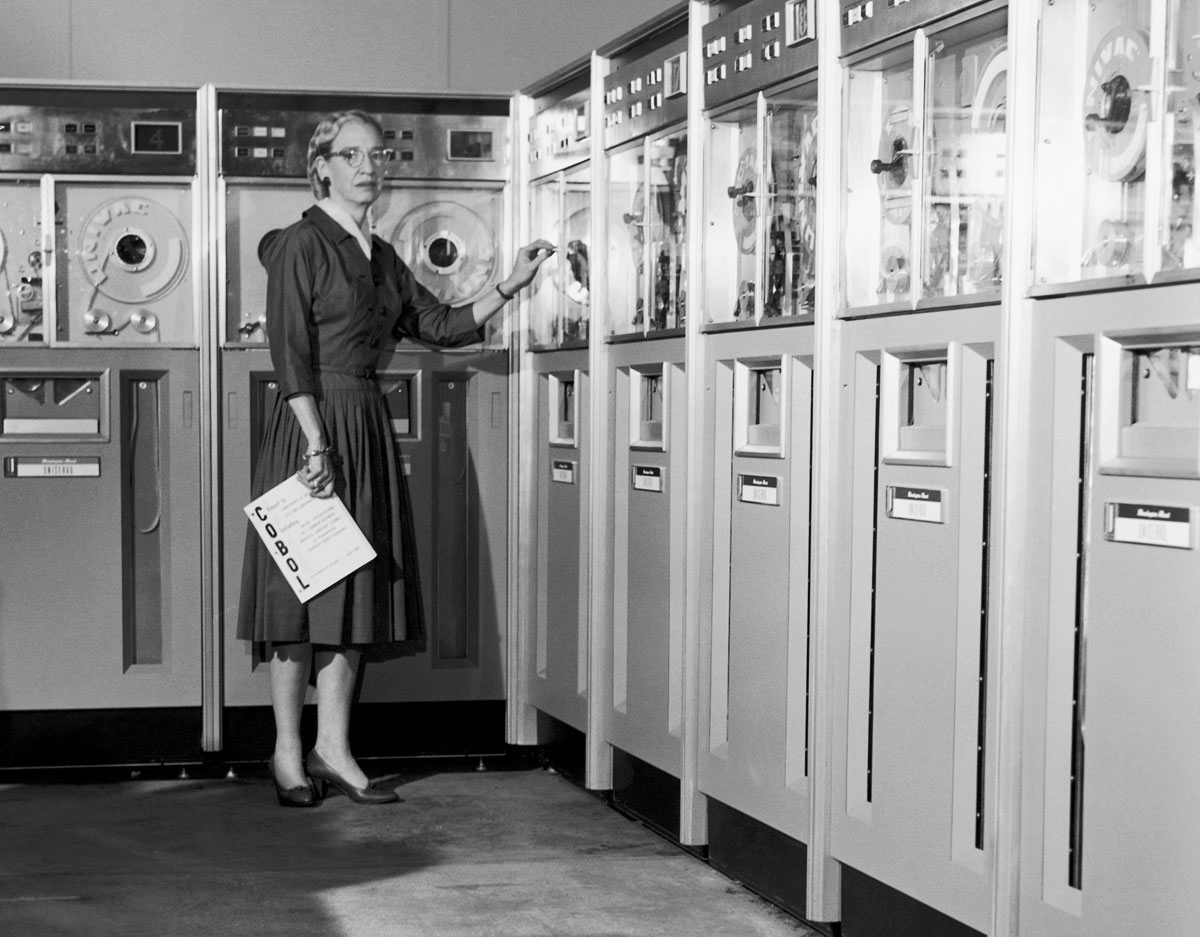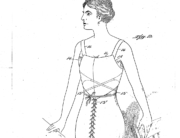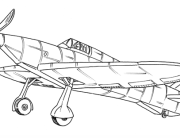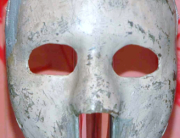Computer technology took a huge leap forward when American and pioneer computer scientist Grace Murray Hopper invented the first compiler, which laid the ground work for automatic programming. The compiler translated written language into computer code.
Previously, computer programmers had to write time-consuming machine instructions for each program. She also developed COBOL in 1959, one of the first modern programming languages, and coined the terms “bug” and “debugging” when she had to remove moths from a computer.
Grace Murray Hopper was awarded a Ph.D. in mathematics in 1934. She began teaching mathematics at Vassar College in 1931, but resigned in 1943 to join the Navy WAVES (Women Accepted for Voluntary Emergency Service). She was made a lieutenant and posted to the Bureau of Ordnance Computation Project at Harvard University. There, she joined Professor Howard H. Aiken’s team, which was developing the electromechanical Mark I computing machine.
She plunged in and learned to program the machine, putting together a 500 page Manual of Operations for the Automatic Sequence-Controlled Calculator in which she outlined the fundamental operating principles of computing machines. By the end of World War II in 1945, Grace was working on the Mark II version of the machine.
After the war, she continued in the military, rising in rank to Rear Admiral, and working in the advancement of computer technology. She has received numerous accolades for her contribution to the computer sciences.





